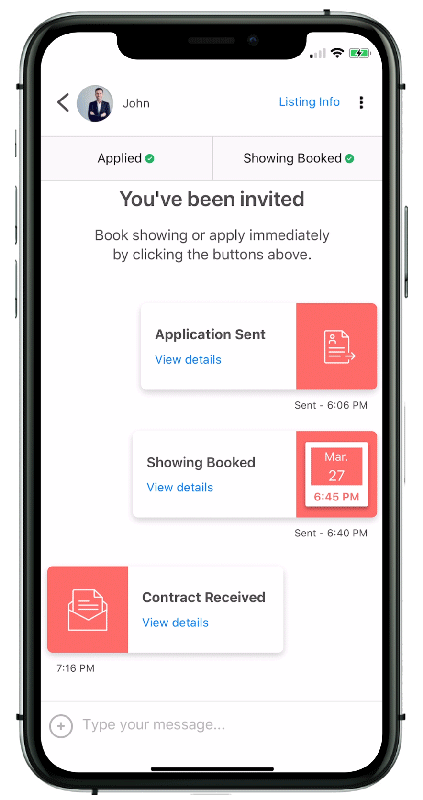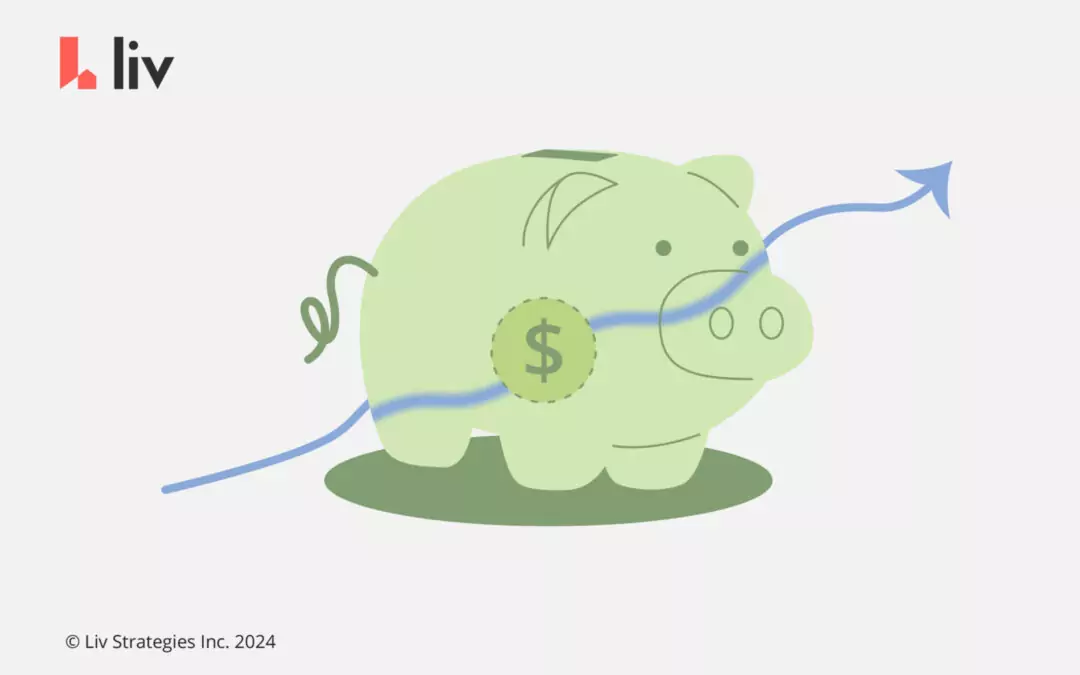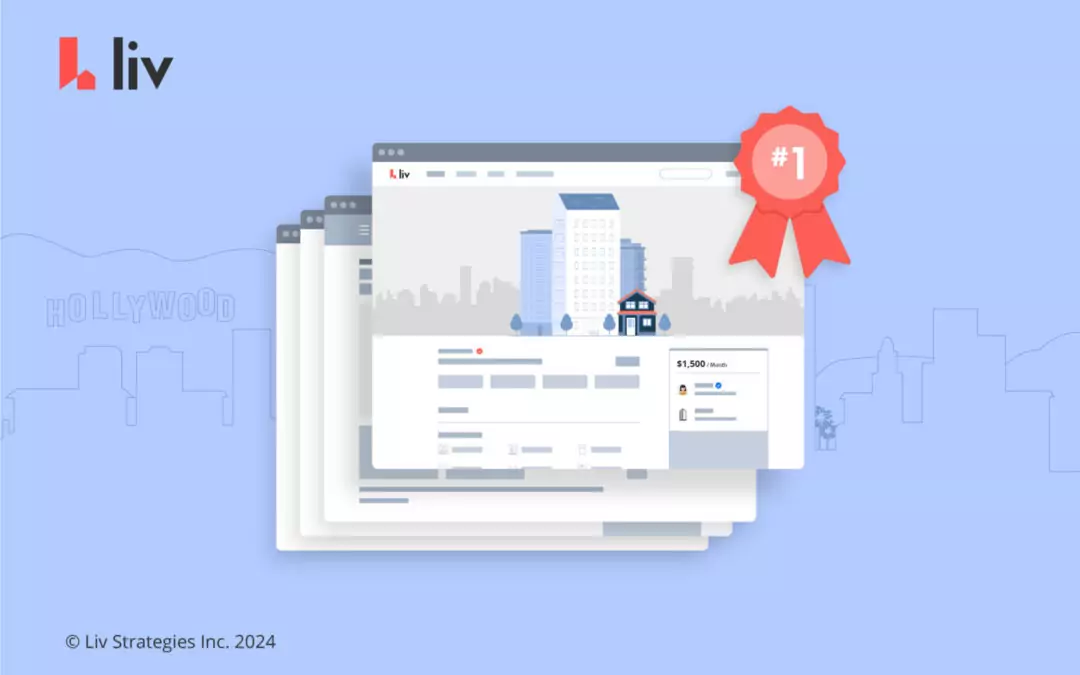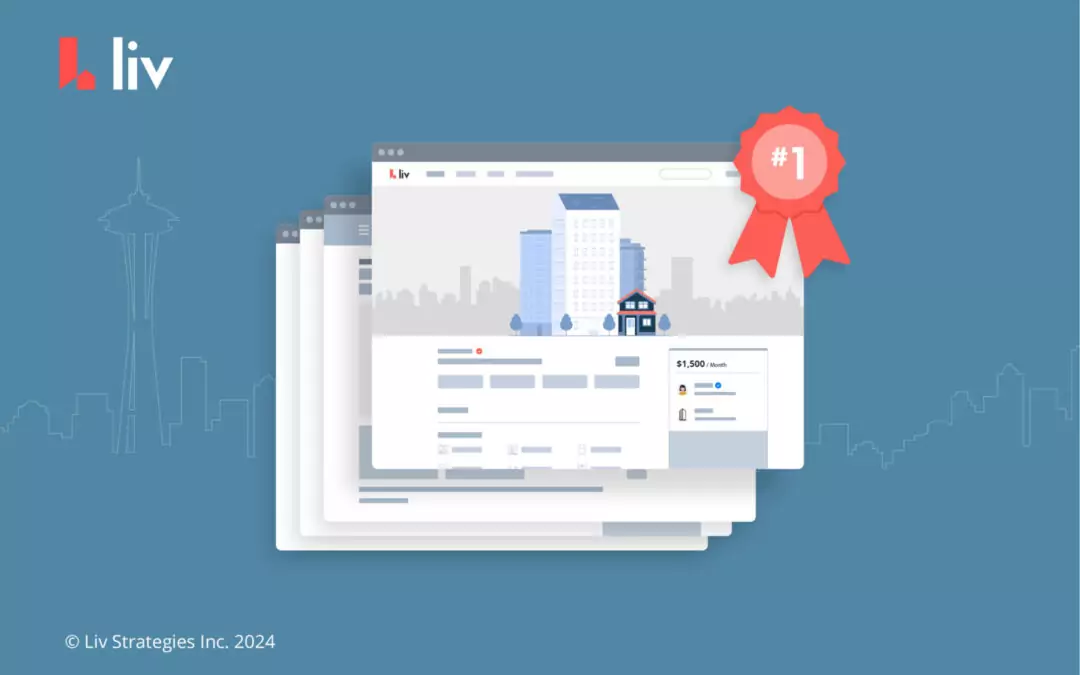Landlords have a lot of decisions to make throughout the rental process, but the duration of the lease agreement is one factor that’s often taken for granted. While one-year leases have long been the standard for Canadian landlords, there has been growing interest in short-term rental contracts as of late – that is, lease agreements ranging from 1-6 months in duration. These types of arrangements can be more profitable under the right conditions, but there are some things landlords should be aware of first. In this post, we’ll be outlining why landlords would choose to rent their unit on a short-term basis, the questions they’ll need to ask themselves when deciding between short-term vs. long-term rentals, and how liv.rent can help ensure a successful tenancy regardless of which contract type you choose.
Table of Contents
Short-term vs. long-term rentals
Short-term rental trends in Canada
How to decide whether to rent short-term or long-term
Should you rent your unit out as a short- or long-term rental?
Are you having trouble deciding whether to rent your unit out as a short-term or long-term rental? Download this flowchart to guide you through your decision process and help you make the right choice.
Short-term vs. long-term rentals
Let’s start by making clear exactly what we mean by short-term vs. long-term rentals. There’s a lot of confusion surrounding the subject, with many mistaking short-term rentals for vacation rentals, which are only permitted under certain circumstances in Canadian cities such as Vancouver. For the purposes of this article, short-term rentals refer to tenancies that are one month to six months in length, while long-term rentals are typically rented for six months to one year at a time. Here’s a quick chart to break down some of the defining features of each type of rental contract:
| Short-term rentals | Long-term rentals |
| 1-6 month lease | 6+ month lease |
| Greater profits | More stable income |
| Higher turnover | Less turnover |
| Greater chance of vacancies | Less chance of vacancies |
| Less commitment | Longer tenancies |
| More maintenance | Less upkeep |
| Generally rented furnished | Generally rented unfurnished |
Short-term rental trends in Canada
One reason why landlords may gravitate towards short-term rentals over year-long contracts is based on seasonality. Right now on liv.rent, we’ve seen inquiries for short-term rental units rise significantly in major cities like Vancouver and Toronto, signalling that there’s considerable demand for shorter leases right now. This is likely because of loosening travel restrictions to and from Canada, combined with seasonal factors like students returning to post-secondary schools for the summer semester.
If you’ve been thinking about listing your unit as a short-term rental, now’s a great time to do so. Be sure to read through this article and download our complete guide to make sure short-term rentals are right for you, then when you’re ready, you can post your listing on liv.rent.
How to decide whether to rent short-term or long-term
Before listing your unit as short-term or long-term, there are some questions landlords should ask themselves. We’ll list a few examples here, but the full flowchart is within our downloadable guide to short-term vs. long-term rentals, which you can find below.
Here are some questions to help you decide which type of lease is right for you:
- Have you already received inquiries from renters looking for a short-term contract?
- Are there any schools or seasonal work opportunities in your area that would attract short-term renters?
- Do you have a property manager to help rent out and manage your unit?
- What are your own goals for your rental property? Are profits more important than saving time?
- Are you able to put in the time to maintain a short-term rental?
These questions aren’t intended to steer you in one direction or the other, but they are important to keep in mind before you list your unit and commit to a contract. If you’re still on the fence, our downloadable flowchart should be able to help – you can download your copy above.
Benefits of short-term rentals
As you can see above, there are a few benefits to renting your unit out on a short-term basis. The flexibility of shorter leases can be nice if you’re worried about committing to a tenant, but it doesn’t mean you can skip your tenant screening. Profits are usually what drive landlords towards short-term leases, but be aware that you’ll need to put in more work to get there – as well as risking the chance of vacancies, if there isn’t enough year-round rental activity in your area.
Benefits of long-term rentals
Long-term rental contracts are the standard for a reason, offering stability both in terms of income and tenant relations, and generally requiring less consistent effort from landlords. They do require some commitment though – if a tenant does cause problems, you’ll need to make sure you give the proper notice for your unique situation. Your best bet with these types of contracts is to really be thorough with your tenant screening. We recommend using liv.rent’s Trust Score to get a complete picture of prospective tenants’ rental history.
How to manage short-term and long-term rentals
While there are a lot of similarities in the rental process for short-term vs. long-term rentals, there are just as many differences to be aware of before picking one or the other for your unit. Let’s look now at the basic steps landlords will need to perform for short-term and long-term rentals.
How to manage short-term rentals
For the most part, short-term rentals require the same basic steps as long-term rentals do. Here’s a quick breakdown:
- Finding tenants – To keep your short-term unit occupied year-round, you’ll need to be a bit more proactive with your tenant search. Be aware that there are traditionally slower times of the year for renting, and try to plan your contracts around this. Ideally, contracts will end during busy rental seasons where it’s easier to secure new renters quickly.
- Pro-tip: Take advantage of liv.rent’s Listing Syndication and Suggested Tenants features to find quality leads faster
- Screening tenants – Screening tenants can be time-consuming, especially when you’re starting fresh every few months. It can also be harder to gauge short-term renters as they’re more likely to move around a lot, so be sure to look at the complete picture before making any decisions.
- Pro-tip: Using the Trust Score from liv.rent, you can get complete insights into a renter’s financial and rental history at a moment’s notice and find qualified tenants faster, with less guessing.
- Signing Contracts – Your lease agreement won’t look much different whether you’re renting for a month, three months, six months, or a year – the key decision you’ll need to make is whether you’d rather rent on a month-to-month basis, or on a fixed term. Month-to-month leases offer even greater flexibility, but you’ll need to be prepared to fill the vacancy with less prior planning, as the law only requires 30 days’ written notice in B.C. for month-to-month tenancies, and 60 days’ notice in Ontario.
- Pro-tip: liv.rent allows for digital signing of standard lease agreements for both B.C. and Ontario, as well as a variety of lawyer-vetted lease addendums for added protection.
- When the lease term ends – What happens when a lease agreement ends is also largely up to you to decide. On a month-to-month contract, the tenancy is ended when the tenant (or you) gives adequate notice. When a fixed-term contract ends, there are three possible outcomes:
- When the contract ends, the tenancy is presumed to continue on a month-to-month basis until either you or the tenant give notice
- A lease extension is signed and a new fixed-term contract begins
- The tenant provides proper written notice to end the tenancy at a certain date
How to manage long-term rentals
- Finding tenants –Your process for finding tenants will be the same as if you were renting on a short-term basis, though ideally a bit less rushed. Since you’ll typically have a bit more warning before your unit becomes vacant, you can post your listing well in advance and take a more considered approach to finding tenants.
- Pro-tip: Take advantage of liv.rent’s Listing Syndication and Suggested Tenants features to find more quality leads and generate a larger pool of interested renters.
- Screening tenants – Since you’re committing to a long-term situation with the renter you choose, you’ll want to put a considerable amount of time and effort into screening applicants to find the perfect fit. Be sure to look at the complete picture rather than just an applicant’s credit score, as there are many factors that determine whether or not a renter is suitable for your property.
- Pro-tip: Regardless of which approach or ‘flow’ you take when screening tenants, the Trust Score from liv.rent is an excellent way to view comprehensive rental and financial information quickly and easily
- Signing contracts – Most landlords are familiar with signing a year-long lease as these are typically the standard within the rental industry. Signing and keeping a copy of your contracts digitally is always a good idea in case they need to be referred back to at any point, and it’s always a good idea to include lease addendums as well to ensure you’re protected – especially for long-term leases.
- Pro-tip: liv.rent users can easily send & sign standard tenancy agreements for both B.C. and Ontario, as well as a variety of customizable lease addendums for everything from smoking policy to parking rules
- When the lease term ends – What happens when a lease agreement ends is also largely up to you to decide. On a month-to-month contract, the tenancy is ended when the tenant (or you) give adequate notice. When a fixed-term contract ends, there are three possible outcomes:
- When the contract ends, the tenancy is presumed to continue on a month-to-month basis until either you or the tenant give notice
- A lease extension is signed and a new fixed-term contract begins
- The tenant provides proper written notice to end the tenancy at a certain date
Unsure about whether you should rent your unit as short- or long-term? We can help! Click below to download our easy guide to deciding which rental type is right for you. This handy guide also includes tips for making the most of whatever contract you choose.

Rethink The Way You Rent
Not on liv.rent yet? Experience the ease of digital applications & contracts, verified tenants & landlords, virtual tours and more – all on one platform. Sign up for free or download the app.
Subscribe to receive the latest tenant & landlord tips and get notified about changes in the Canadian rental market.
>> Stay up-to-date on the average rent in Vancouver, Toronto and Montreal: Rent Reports.




0 Comments